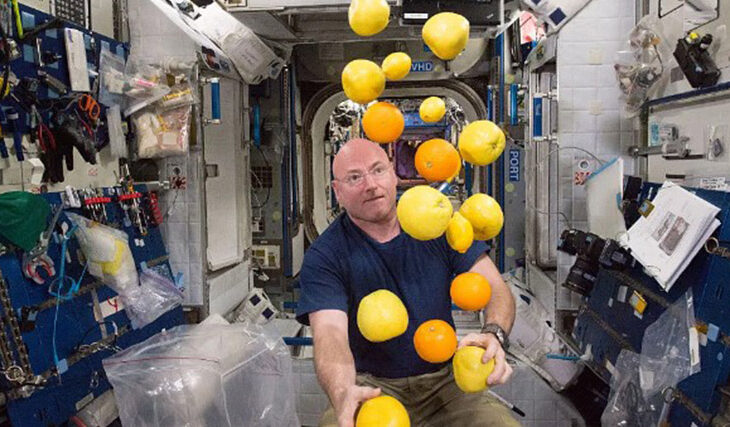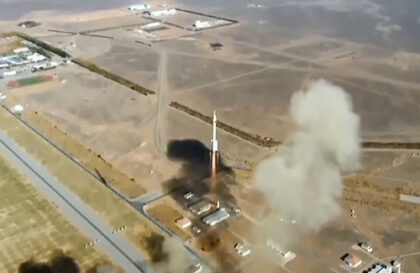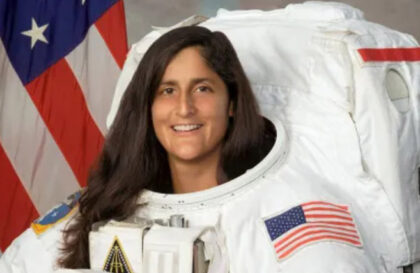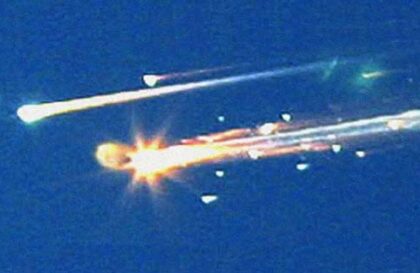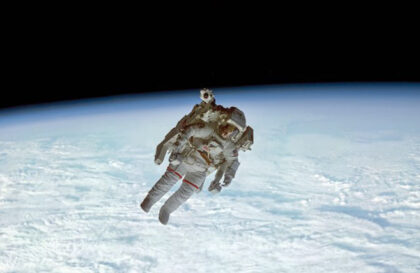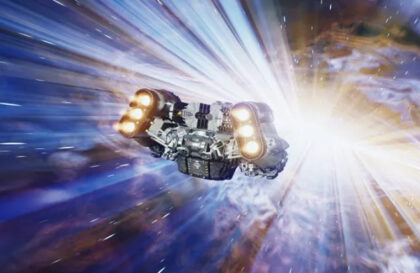Caviar and pate became the first foods fed in outer space. During his famous flight in 1961, Yuri Gagarin, the first cosmonaut, savored these delicacies. Despite the exquisite assortment, Gagarin lacked a more prosaic delicacy – sausage, which he mentioned with humor before the start. However, despite his jokes, he ate nothing during his flight. The flight lasted 106 minutes.
The University of Southampton, through its Space Flight Society, introduced an initiative in 2018 to bring lettuce seeds to Mars. These seeds had to begin to germinate autonomously in a specialized cultivation chamber. Four weeks had to be allowed for growing the lettuce, after which the growing process would cease to prevent the risk of biomaterial contamination of Mars.
Bacon became a favorite dish of American astronauts during the era of the first space expeditions. During the historic Apollo 7 mission in 1968, bacon was a favorite among the crew. This product was so popular that astronauts on the subsequent Apollo 8 and Apollo 9 missions included it in their diet almost daily.
In spaceflight conditions, astronauts tend to prefer more spicy dishes. This is explained by the fact that in a state of microgravity, fluid in the body tends to rise, causing congestion in the nasal sinuses and tongue swelling. As astronaut Chris Hadfield noted in an interview with PBS, this effect forces us to look for tastes that can still be experienced. As a result, strong and spicy aromas become especially relevant in space. Hadfield, for example, especially appreciates space shrimp cocktails for their distinctive spicy flavor.
Food in space is very different from food on Earth. Down here, it doesn’t matter how dirty or smelly your food is. But in space, food is carefully selected and prepared to ensure the safety and health of astronauts.
NASA astronaut Scott Kelly gives a thumbs up on the quality of his snack while taking a break from his work schedule aboard the International Space Station on April 20, 2015, in space. He and Russian cosmonaut Mikhail Kornienko (ROSCOSMOS) are eating specially prepared space food. Credit: NASA /Getty Images.
What is prohibited in space?
In 1965, NASA astronauts took a corned beef sandwich into space but ran into problems with crumbs that could get into their eyes or equipment. After this, bread was banned in space flights; flat cakes were used instead, which crumbled less and molded more slowly. Taco Bell has developed a tortilla with an extended shelf life of up to a year, solving the spoilage problem. In the absence of gravity, even small crumbs can be a problem, spreading through the air and contaminating equipment, so crunchy snacks like crackers and chips are out of the question in space.
Sending fish into space is undesirable due to its perishable nature and the need for long-term storage of food on board. In addition, the pungent smell of fish in the confined space of a spacecraft can be unpleasant and intrusive for the crew.
According to NASA, Coca-Cola tried to adapt Coca-Cola for space by creating a can that preserved the soda in microgravity. However, in space, carbonated drinks behave unusually: they do not fizz due to the lack of gravity, and they are more challenging to drink than on Earth. In the ’80s and ’90s, astronauts noticed that carbonated drinks in space could cause “wet burps,” where food and gases were not separated due to microgravity, which could cause food contents in the stomach to be expelled along with the gas.
Alcohol was briefly allowed in space, but a plan to include it on the menu at Skylab 4 (Paul Masson’s Rare Cream Sherry) in 1972 was scrapped after public backlash. NASA is committed to maintaining positive public opinion.
What is possible?
Astronauts use liquid salt and pepper to avoid getting particles into their eyes or equipment.
Fresh milk is replaced with dehydrated milk since it does not require refrigeration.
Frozen food is unavailable in space, so freeze-dried ice cream is popular.
Pizza can be delivered into space. Pizza Hut has this experience. However, due to problems with texture (no crust) and taste, it is not in demand among astronauts.
Astronaut Andre Kuipers (R) and his NASA colleague Michael Foale eat Dutch cheese for breakfast on board the International Space Station. Credit: ESA/ Getty Images.
What can astronauts actually eat in space?
According to NASA, only foods that do not require refrigeration are used on space missions. Most of the food is pre-dehydrated and includes a variety of choices, from meat and fruit to eggs.
Astronauts eat three times a day – morning, afternoon and evening. To maintain the proper balance of nutrients, nutritionists carefully plan menus. The caloric content of an astronaut’s diet depends on their individual needs: a small woman may need 1,900 kcal per day, while a large man may need 3,200 kcal. The menu in the space is varied and includes fruits, nuts, peanut butter, poultry and red meat, seafood, sweets, and baked goods. As for drinks, astronauts can enjoy coffee, tea, orange juice, fruit drinks, and lemonade.
Banner image: Visiting cargo ships often carry a small cache of fresh food for crew members aboard the International Space Station. Credit: NASA via Getty Images.
Image credit:
https://www.dailymaverick.co.za
https://www.nasa.gov
